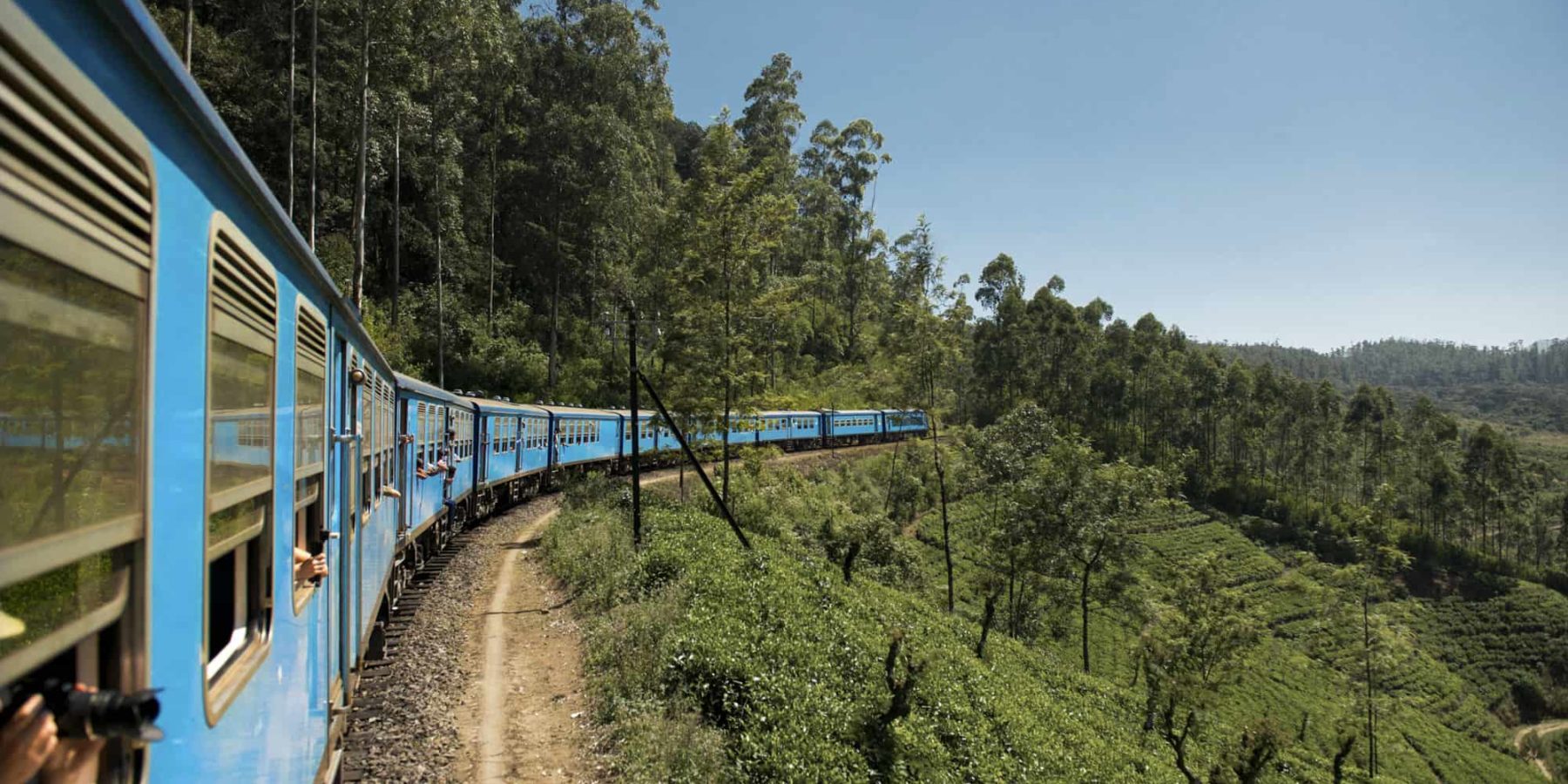
Here’s the lowdown Sri Lanka’s UNESCO sites. Which one will inspire your next holiday?
Sri Lanka is home to an incredible selection of locations that have been bestowed as UNESCO World Heritage Sites. From rainforests to stunning cities, there are eight of Sri Lanka’s UNESCO sites to be explored on your next adventure.
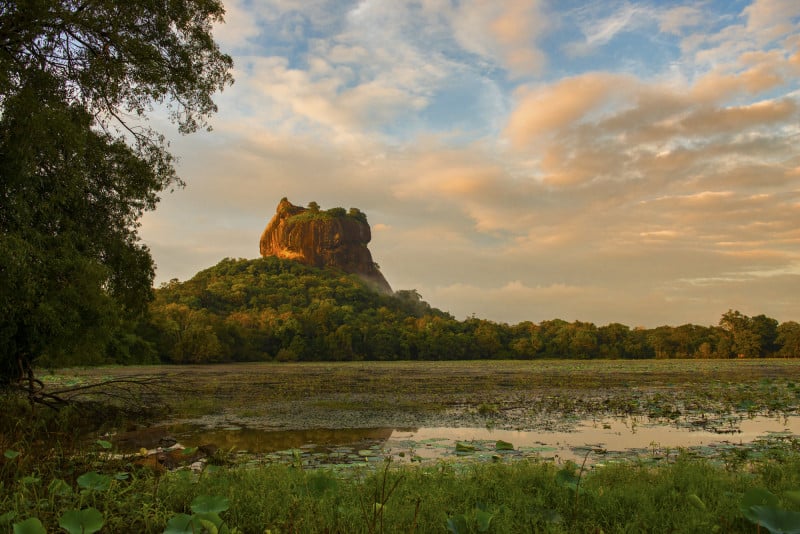
Sri Lanka’s UNESCO Sites:
Ancient city of Sigiriya
This incredible archaeological rock fortress, that rises out of the earth to dominate the landscape, was also given UNESCO status in 1982. Known also as the Lion’s Rock, it is located in the centre of the island and is the most popular tourist destination on the island, which is not surprising. It has the remains of a 5th century palace, which is accessible by stairs built on the side. Those who make the climb are rewarded with stunning 360° views as well as the well-preserved remains. For a unique tour of Sigiriya, see our website.
Sacred city of Anuradhapura
Founded in the 4th century BC, Anuradhapura has a long and distinguished past. The oldest and largest of all of Sri Lanka’s ancient cities, it was seat of many Bhuddist kings and remains a sacred location for Buddhists today, who visit the ancient palaces, temples and monasteries in the city. It is 200km north of Colombo and was given UNESCO status in 1982.
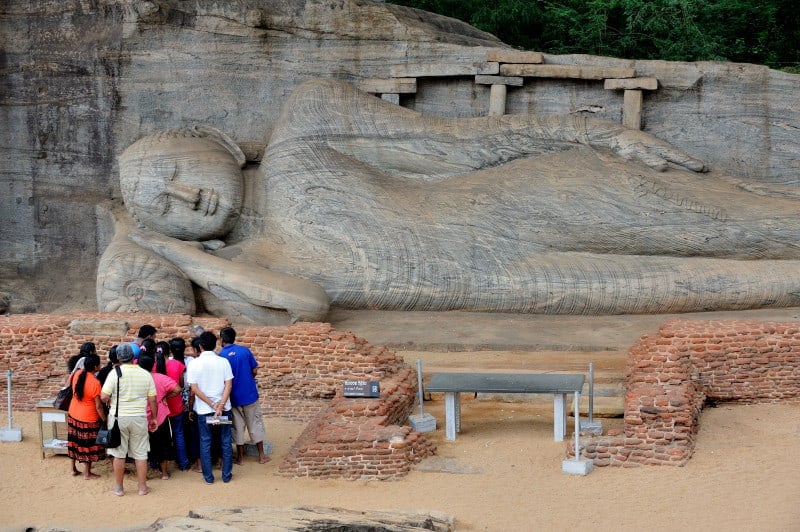
The ancient city of Polonnaruwa
Polonnaruwa became Sri Lanka’s second capital following the destruction to Anuradhapura an thus is the island’s second most ancient city. The city has some of the best Archeological relic sites in the country, including the 12th century Garden City. The city forms part of the country’s Cultural Triangle along with Anuradhapura and Sigiriya. It was designated one of Sri Lanka’s UNESCO sites in 1982.
Sinharaja forest reserve
Located in the south-west of the island, a 75km from Galle, the Sinharaja forest reserve is Sri Lanka’s last viable area of rainforest according to UNESCO, who gave it World Heritage Status in 1988. It is home to many rare trees – more than 60 per cent endemic – and a wide variety of endemic wildlife including mammals, reptiles and butterflies. It is a bird spotters paradise with many species making it their home.
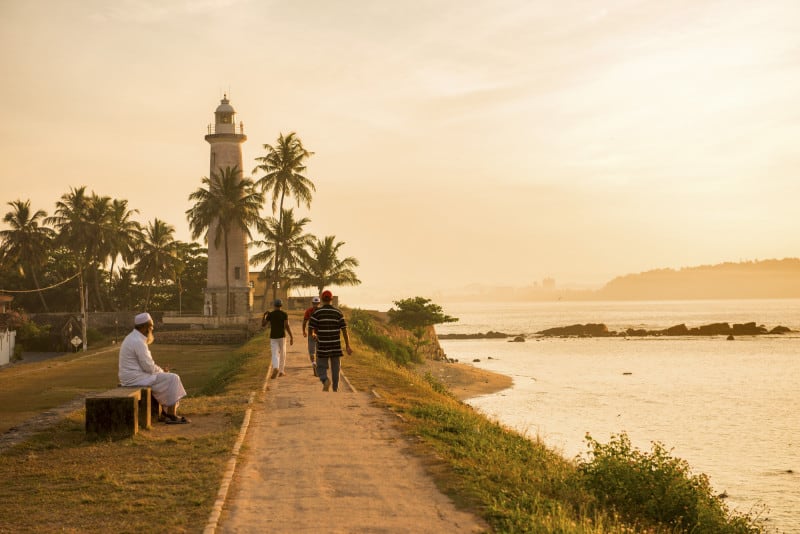
Old Town of Galle and its fortifications
Built by the Dutch in the 16th century, Galle is one of the island’s true gems. Perched on the south of the island on the Indian Ocean, it is famous for the fortifications, which now overlook the city’s picturesque cricket ground (which you can see with us when England tour in March 2020), they were used to protect the goods of the Dutch East India Company. The city retains much of its colonial charm and is a must on any visit to Sri Lanka and very accessible from Colombo. It was given UNESCO status in 1988.
Rangiri Dambulla Cave Temple
Also known as the Golden Temple of Dambulla, it is the largest and best-preserved cave temple complex in Sri Lanka. For more than 2,000 years pilgrims have flocked to the cave, which has a stunning array of more than 150 statues and cave paintings that relate to Buddha. It was given UNESCO status in 1991.
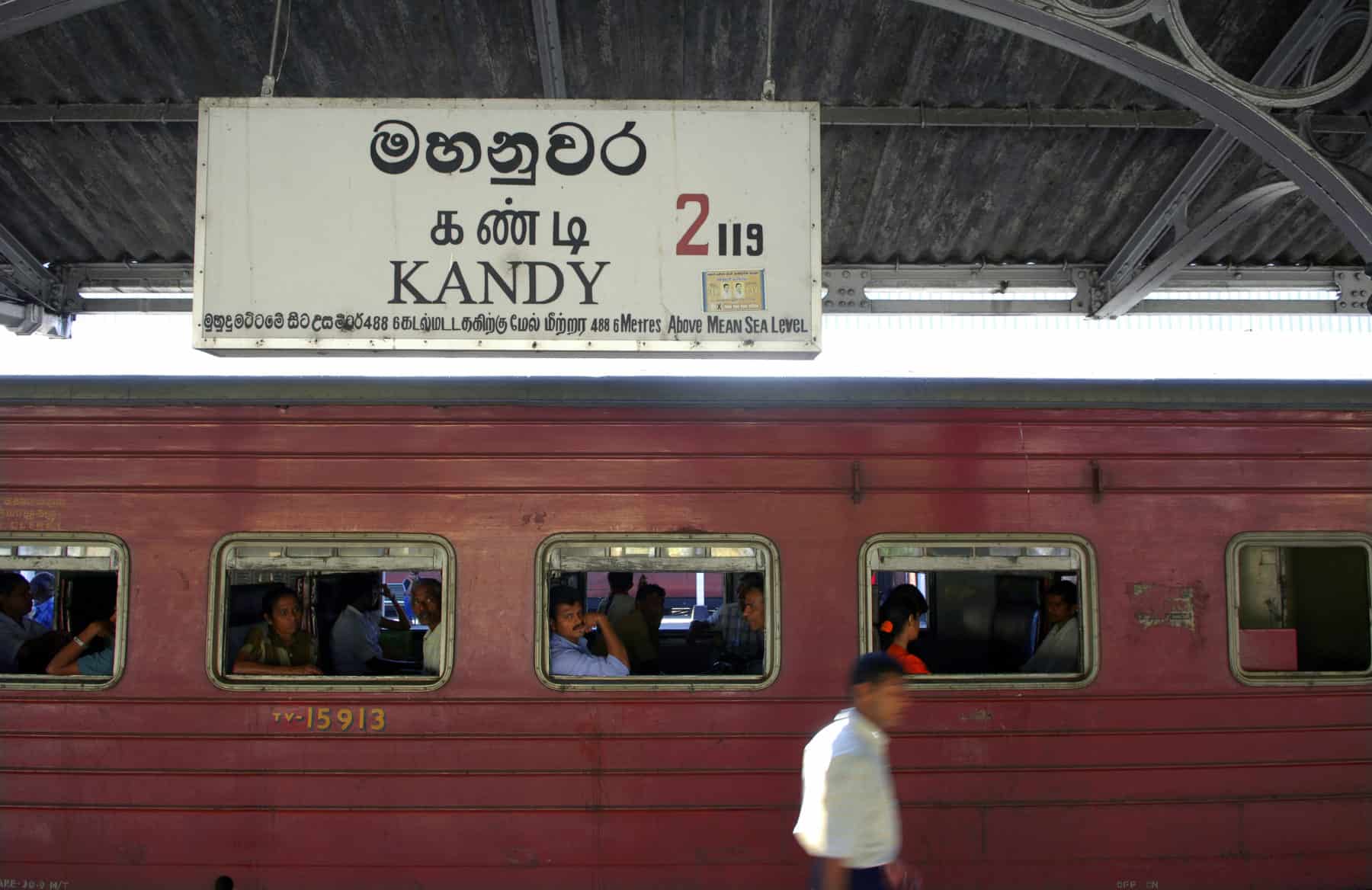
The sacred city of Kandy
Kandy was the last remaining Sri Lankan capital city on the island – stretching back 2,500 years – until the city fell under the rule of the British in 1815. As well as being a bustling city in today’s modern Sri Lanka, it is home to the famous Temple of the Sacred Tooth Relic – which the locals call Sri Dalada Maligawa. The tooth in question belonged to Buddha and legend goes that whoever is the holder of the tooth, holds the governance of the island or the legions of Buddhists. It was made one of Sri Lanka’s UNESCO sites in 1988. To find out more about why to visit Kandy, visit our website.
Central Highlands of Sri Lanka
Sri Lanka’s Central Highlands comprise of the Peak Wilderness Protected Area, the Horton Plains National Park and the Knuckles Conservation Forest. Rising more than 2,500 metres above sea-level, the area is home to an extraordinary range of flora and fauna, including several endangered species such as the western-purple-faced langur, the Horton Plains slender loris and the Sri Lankan leopard. It became a World Heritage Site in 2010 to complete the list of Sri Lanka’s eight wonders.
CURIOUS ABOUT SRI LANKA’S EIGHT WONDERS?
Head to our website for more ideas and information about holidays to Sri Lanka.
Alternatively, give us a call on 020 7924 7133 .

